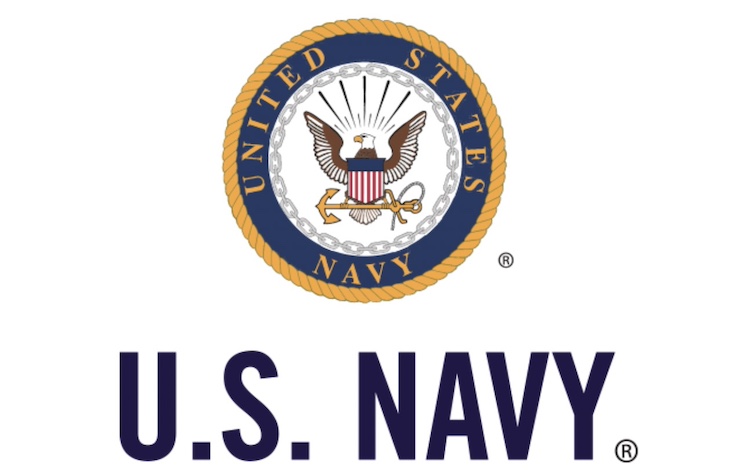U.S. Navy Partners with the University of Memphis to Pioneer Drone Testing

The United States Navy is the largest naval force in the world and the second-largest military branch in the United States. Like all branches of the military in the United States, the Navy has become a pioneer in the promotion and utilization of drone technology. For 2021, the Department of Defense allocated $7.5 billion for 17 US military agencies towards drone systems. Of these funds, 87% went to the Army, Air Force, and Navy. The Navy alone received the largest allotment, at $1.76 billion, to be used for research, development, and procurement of drone technologies.
Headquartered in Carderock, MD, is the Carderock Division of the Naval Surface Warfare Center (NSWC), which employs individuals from the military along with civilians who are responsible for the engineering of the ships and equipment used by the Navy. There are eight Carderock Division sites throughout the country, one of which is the Memphis Detachment in Memphis, TN. Located on President’s Island, the 94-acre research site is known as the William Morgan Large Cavitation Channel (LCC).
As explained on NSWC’s website, “The LCC is one of the world’s largest and most technically advanced high-speed, variable-pressure water tunnel facilities. It is capable of testing all types of ship and submarine propellers and propeller-hull interactions with model scales sufficiently large to match the largest towing and turning basins in the world. The tunnel test section has a cross-section area of 100 square feet (10 feet by 10 feet) and can accept models up to 40 feet in length. Its sophisticated design permits the U.S. Navy to measure submarine and surface ship power, efficiency, and propeller noise by using models in a controlled but realistic environment.”
With the LCC’s proximity to the University of Memphis (UofM), many of the civilians working there are UofM professors and students. In 2023, NSWC entered an official partnership with UofM to utilize much of the underused space within the LCC. The partnership involves UofM’s Unmanned Aerial Vehicles (UAV) Environment Degradation Lab and Cavitation Erosion Research. “We continue to work at ways to diversify our workforce and to focus on what is core to the Carderock Division and what the Navy needs us to do,” said Carderock Technical Director Larry Tarasek. “In doing this, we want to expand our reach, and working with the University of Memphis is giving us another pool for new engineers and researchers.”
In August 2024, NSWC announced that they were entering into a new project at the LCC with $9.2 million in funding to test drones. The project specifically aims to test drone capabilities in high wind scenarios. Leading the project will be UofM Professor of Electrical and Computer Engineering, Eddie Jacobs. Professor Jacobs brings 20 years of experience developing image sensor technologies for government, private, and academic sectors. He is also the senior researcher at the Center for Applied Earth Science and Engineering Research (CAESER). With this new project, Professor Jacobs will oversee the design and construction of a new lab within the LCC called the Unmanned Systems Degraded Environment Facility.
Professor Jacobs’s Unmanned Systems Degraded Environment Facility will be equipped with the cutting-edge image sensing technology he is known for. The environment will allow the Navy to test drones under various weather conditions. “When flying drones, we are often restricted to days that have calm winds and no rain. We will be able to accurately control the wind and generate rain in this new facility,” Professor Jacobs stated. “This will help us design and test drones that can operate under more challenging conditions.” Larger drones, like the Reaper, which weighs over 10,000 pounds, can handle most weather situations. However, as the military continues to develop small drones for day-to-day operations, they need a way to test and design them for multiple weather scenarios.
The collaboration between the Navy and academic institutions like the University of Memphis exemplifies how interdisciplinary partnerships drive innovation. “The William Morgan Large Cavitation Channel is already a unique facility for testing ship and submarine components,” said Professor Jacobs. “We have the incredible opportunity to help build another unique facility for testing unmanned aerial systems (drones) in this space, greatly expanding the Navy’s ability to develop and test these systems.” Through these efforts, the Navy is poised to address the evolving challenges of modern warfare and maintain its strategic advantage in an increasingly complex global landscape.
|